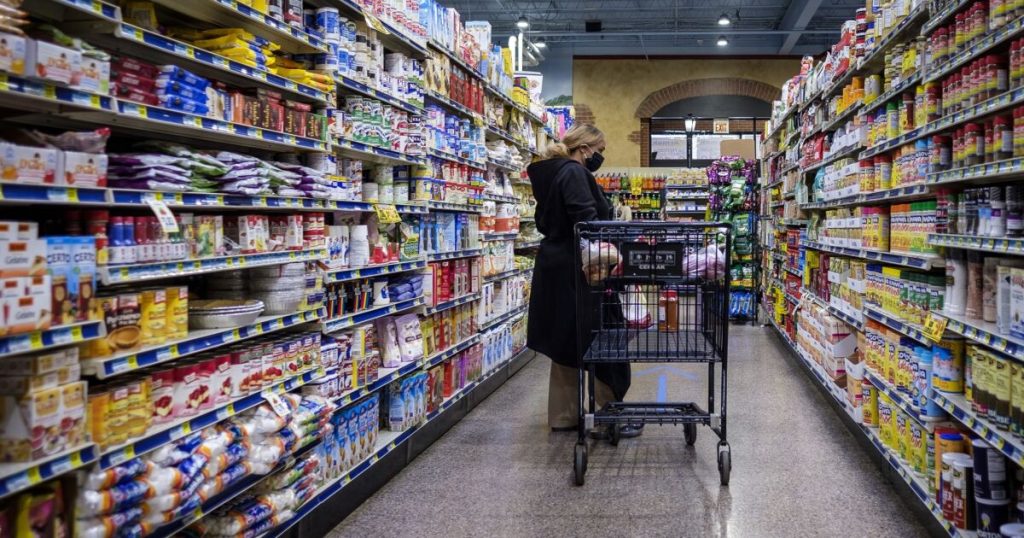Key insight: Inflation cooled slightly but continued upward in September, climbing 0.3% after August’s 0.4% gain.
Supporting data: Prices rose 3.0% year-over-year, tracking with the increase in core CPI. Gasoline jumped 4.1%, while shelter rose 0.2%, its smallest gain since early 2021.
Forward look: The results reinforce expectations that the Fed will proceed with a rate cut at its late-October meeting, as inflation remains moderate and labor data weak.
Consumer prices rose again in September, but at a slower pace than the previous month, suggesting inflation pressures eased slightly after August’s uptick.
The Bureau of Labor Statistics on Friday said consumer inflation increased 0.3% on a seasonally-adjusted basis according to its September Consumer Price Index report. Friday’s numbers show prices increasing at a slower rate than the 0.4% rate reported in August. Prices also rose 3% in the prior year. Core inflation, which excludes food and energy also rose 3%.
Gasoline was up 4.1% and the biggest driver of monthly inflation as the overall energy sector index gained 1.5% in September. Food prices increased only 0.2% on a monthly basis, with groceries up 0.3% and restaurant meals up 0.1%. Core categories like shelter, recreation and apparel rose modestly and some sectors like used cars, vehicle insurance and communication costs dropped this month. Food inflation on a yearly basis remains high at 3.1%.
The September data follow a summer in which the economy has given mixed signals. In August, inflation accelerated to 0.4%, a rate that was nearly double July’s pace as job growth
Shelter costs, which rose just 0.2% in the month of September, representing their smallest monthly increase since early 2021, suggesting relief in a key component that has kept inflation persistent. Energy prices increased by 2.8% in the past year.
The CPI report comes as the Federal Reserve is slated to consider its short-term interest rate trajectory next week. The central bank has been penciling in a 25 basis point rate cut, a move that would bring relief to banks, which have been facing higher funding costs from elevated rates. At American Banker’s Most Powerful Women in Banking conference this week, panelist Meghan Shue, chief investment strategist at Wilmington Trust said lower rates could unlock capital markets activity, including more mergers and dealmaking, which she said “would be a huge benefit to banks.”
The Bureau also said it will remove long-term care insurance from the health insurance index beginning next month, citing market changes.
“Changes in the market for LTC insurance have made it out of scope and ineligible for pricing in the CPI market basket,” the BLS release
Data collection for September concluded before the federal funding lapse earlier this month, according to the bureau. BLS did
Senate Banking Committee ranking member Elizabeth Warren, D-Mass., framed the continued increase in prices as a result of Trump’s economic trade policies, and criticized the executive branch for withholding the September jobs numbers.
“President Trump failed to deliver on his campaign promise to lower costs on ‘day one.’ His chaotic tariffs and failed economic policies are driving the costs of groceries, rent, and utilities even higher,” Warren said in a statement. “While this report was released, the Trump Administration refuses to release the already-prepared September jobs numbers before the Fed meets next week to decide on interest rates. Trump must stop hiding the jobs numbers, re-open the government, and stop making life harder for American families.”

